The most awful thing about ingrown hair is the scar left behind even after the ingrown hair is gone away. The ingrown hairs look bizarre, and once you start picking at them, you will welcome hyperpigmentation or dark spots at the site. And you know, the scarring left by picking and plucking the ingrown hair is not easy to heal and usually leaves permanent marks.
Before looking for ways to combat ingrown hair scars, it is essential to look into the causes which develop these scars and avoid these causes. Hence, there are no ingrown hair scars in the first place.
In this blog post, we have assembled the causes, treatments, and prevention of developing a scar from ingrown hair. Keep reading to find everything about this not very common but discomforting phenomenon.
What are the Causes of Ingrown Hair Scars?

An ingrown hair is a strand that does not follow the exact passage of hair growth, and instead of growing out through the follicular opening, it traverses back to the skin. The phenomenon is common after waxing and tweezing, especially in those with coiled or curled hair. As the hair moves back inside the skin, it is perceived by the body as an outside element. Due to this abnormal and poorly patterned hair growth, the body produces an inflammatory reaction that leads to itching and visible bumping. Not only does the ingrown hair leaves a scar in certain conditions, but it also tends to develop post-inflammatory hyperpigmentation in the waxed and shaved areas, such as pubic and bikini areas.
When ingrown hair is developed, it may produce a painful sensation and forces the person to scratch away or pick the site. If the hair is tweezed or plucked, it leads to a pus-filled, skin-raised bump that is red or dark brown in color. These bumps are most likely to leave scars behind, which are usually of permanent nature. Once the skin tissues are not given proper time to heal or are damaged by tweezing or picking, it leads to severe skin allergic reactions. After an in-grown hair scar is developed, if it is not taken care of properly, the area becomes hyperpigmented and develops discolored patches.
Common Places for Ingrown Hair to Grow

Anyone who has thick, curly, or coiled hair is more susceptible to developing ingrown hair. People with thick hair growth have more chances for hair strands to move inward inside the scalp. The intensity of ingrowth hair depends upon the hair growth in your body. However, the most common places where ingrown hairs are developed include:
- Beard area, i.e., chin, cheeks, and neckline
- Inside of the nose, aka nostril
- Inner thigh, bikini line, and buttock
- Chest, around the nipple region, abdomen, and back
Symptoms of An Ingrown Hair
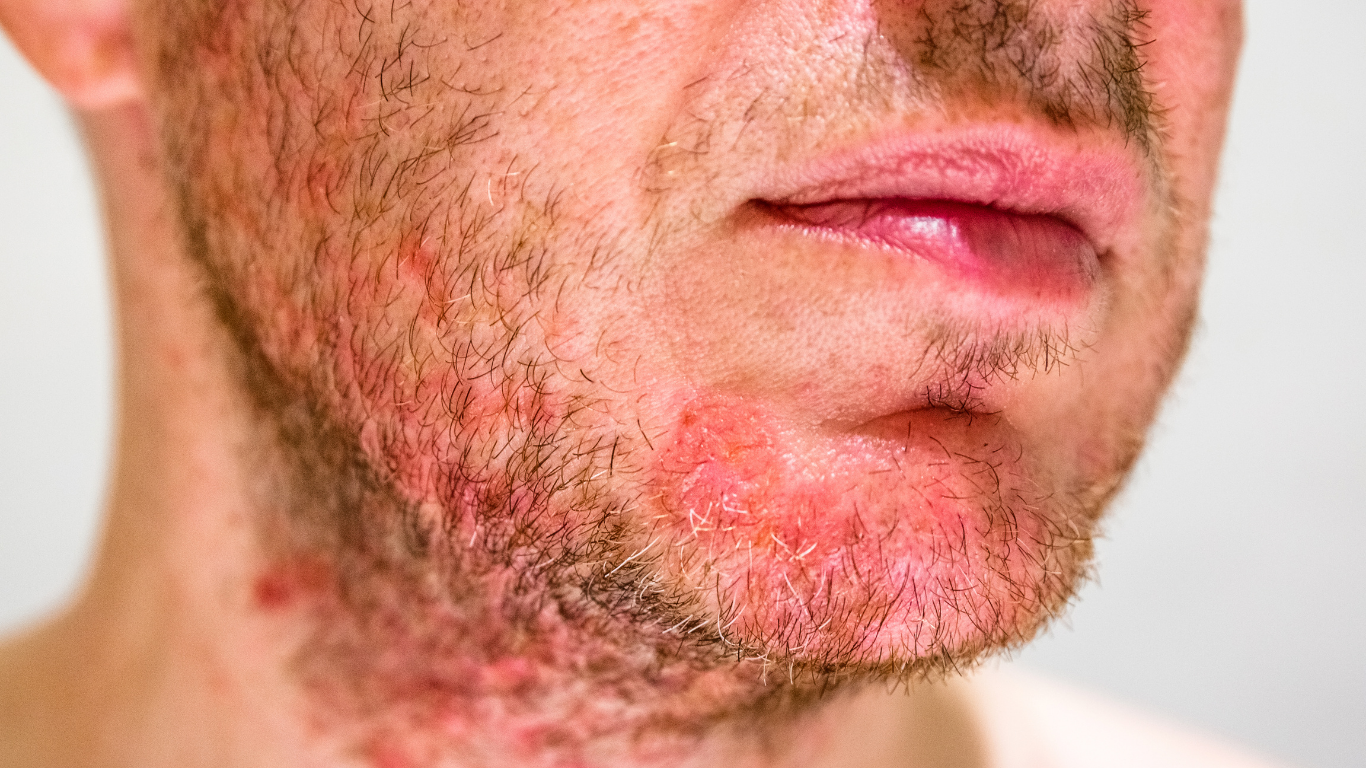
It is easy to differentiate an ingrown hair due to its significantly unique growing pattern. If you feel any of the given symptoms anywhere in your body, this is the indicator that you have developed an ingrown hair or razor bump.
- Formation of bumps that look like pus-filled blisters
- Itching that leads to skin redness
- Formation of the hair loop at the tip of the strand
- Tiny, red bumps at the waxed areas
- The formation of dark-colored patches usually relates to black spots
If the ingrown hair is not treated well, the bump may lead to developing pustules that become painful and leave a permanent mark.
How to Fade the Ingrown Hair Scars?
If you want to flaunt your freshly shaved or waxed legs and arms but are frustrated by that unpleasantly looking scar developed by an ingrown hair, there are a few things you can do about it. Here are some of the effective dermatologically recommended ways to fade away ingrown hair scars.
It Starts with Healing
The process of scarring at the ingrown hair spot speeds up if it is not given enough time to heal. At the affected area, where ingrown hair is developed, picking or scratching may allow bacterial or viral infections to penetrate, which results in discoloration. While the razor or shave bump is healing, try to keep the area clean and moisturized. If you have started witnessing the formation of any newly-born scar, there are various treatments and home remedies which you may apply to reduce the scars.
A Sunscreen with a Good SPF of 30

There is no measurement of finding how important it is to put on sunscreen throughout the year. The importance of sunscreen is mostly emphasized by those who have started witnessing aging marks, wrinkles, or lines even before getting old. Not only does a sunscreen protect from harmful UV rays and prevent skin from showing off the early aging signs, but a sunscreen with SPF 30 or above is also highly recommended to put on the scars. Using sunscreen consistently also reduces blemishes and skin discoloration.
Do not Avoid Exfoliation
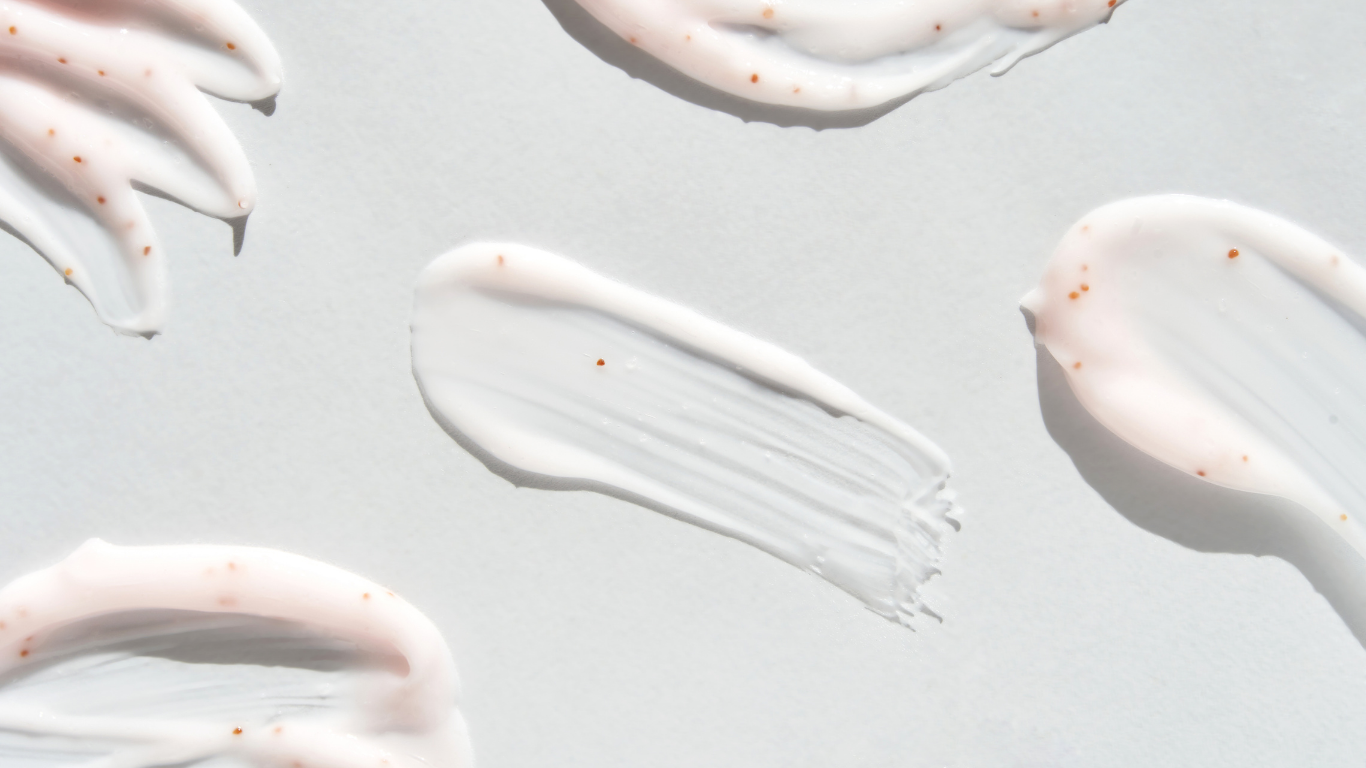
A major reason behind hair growth inside the skin surface is the blockage of follicular opening due to the accumulation of dead skin cells, dust, or debris. Due to the blockage, commonly known as ‘pore-clogging,’ the hair follicle grows inside the skin rather than following the regular hair growth pattern. To promote hair growth from the follicular opening, it is recommended to massage the body with a dermatologically recommended exfoliator along with some warm water. You may also keep exfoliating your body once the ingrown hair is gone to prevent popping out another ingrown hair in the future.
Aloe Vera Gel
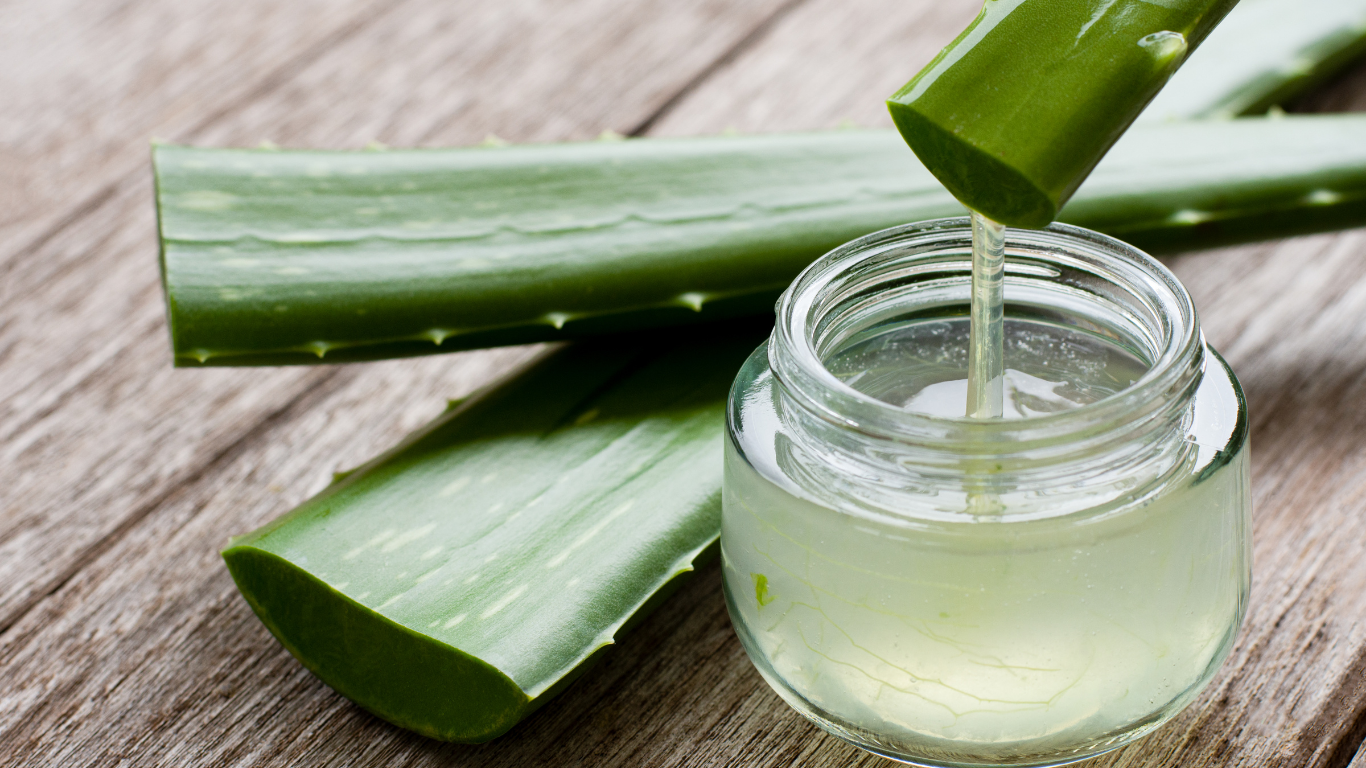
Due to the anti-inflammatory properties of aloe vera, the plant has been used for medication and healing purposes for ages. The day you witness a weird spot or bump in the area of an ingrown hair, take help from this ancient and effective plant, i.e., ALOE VERA. Cut a stem from the plant, extract its gel, and apply it directly on the scar. Keep massaging daily till the scarring fades away.
Silicone Sheets
![]()
People who suffer from keloid scars are reported to produce excellent results in minimizing the scars with the help of silicone sheets. Silicone gel contained in the sheet has the ability to moisturize the old and new scars, resulting in minimizing their appearance. Some dermatologists also recommend using silicone sheets in combination with Vitamin C or onion extract gel for skin brightening and reduced scarring.
Massaging with Essential Oils

The healing properties of essential oils in terms of reducing the appearance of scars caused due to razor bumps are unparalleled. Since essential oils such as geranium, lavender, and tea tree oil have amazing healing properties, massaging the ingrown hair scar with any of these essential oils reduces the scar appearance. Always mix an essential oil with a carrier oil before applying it on the skin because an essential oil may cause skin irritation that is balanced out by diluting it with the carrier oil.
Green Tea Extracts

The extracts in green tea are not medically tested to provide quick healing, but for ages, this treatment has been used by doctors and healthcare providers to reduce scarring. If you spot an ingrown hair scar on any part of your body, you may utilize green tea bags, which are easily available at every home. You may either put the moistened tea bag directly on the scar surface or dip a towel or clean cloth in freshly brewed green tea and then use it on your skin. The antioxidants in the green tea plant speed up tissue healing and fade the scar produced by ingrown hair extraction.
Over-the-counter Medication
Home remedies take time to show the results, but in some cases, if the process is taking too long or you want to recover rapidly from the scar, you may look for the OTC options. Certain creams and lotions are manufactured to combat the scars sooner if applied consistently. You may look for skin products that contain cortisone, kojic acid, vitamin C, arbutin, retinoids, and benzoyl peroxide. These ingredients greatly reduce inflammation and irritation caused by ingrown hair.
When Nothing Works…
There are instances when besides treating the ingrown hair scar with proper care, it does not fade away and even enlarges. In this scenario, the best thing to do is to consult a dermatologist who refers to further skin care treatment to reduce the appearance of a scar. When turned stubborn and do not respond to OTC treatments or home remedies, the scars are treated through non-invasive or minimally invasive treatments to prevent the scars from spreading everywhere on the skin.
Laser Filler Treatment
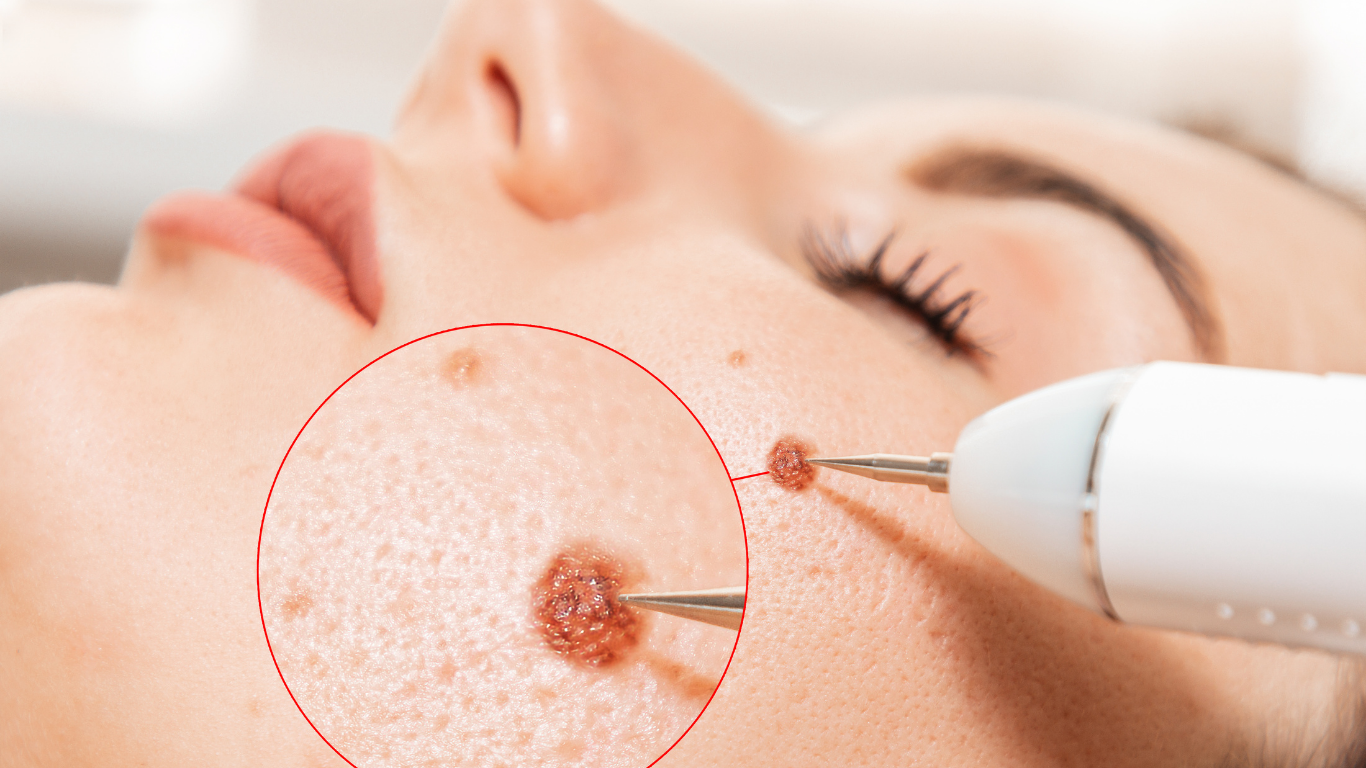
Laser filler treatment has proven benefits in reducing ingrown hair bumps. You will start noticing the results soon after your first laser filler treatment, as it stimulates collagen production and soothes the skin surface. The filler injections are prescribed to promote collagen, improving the skin’s appearance and reducing scars.
Chemical Peeling
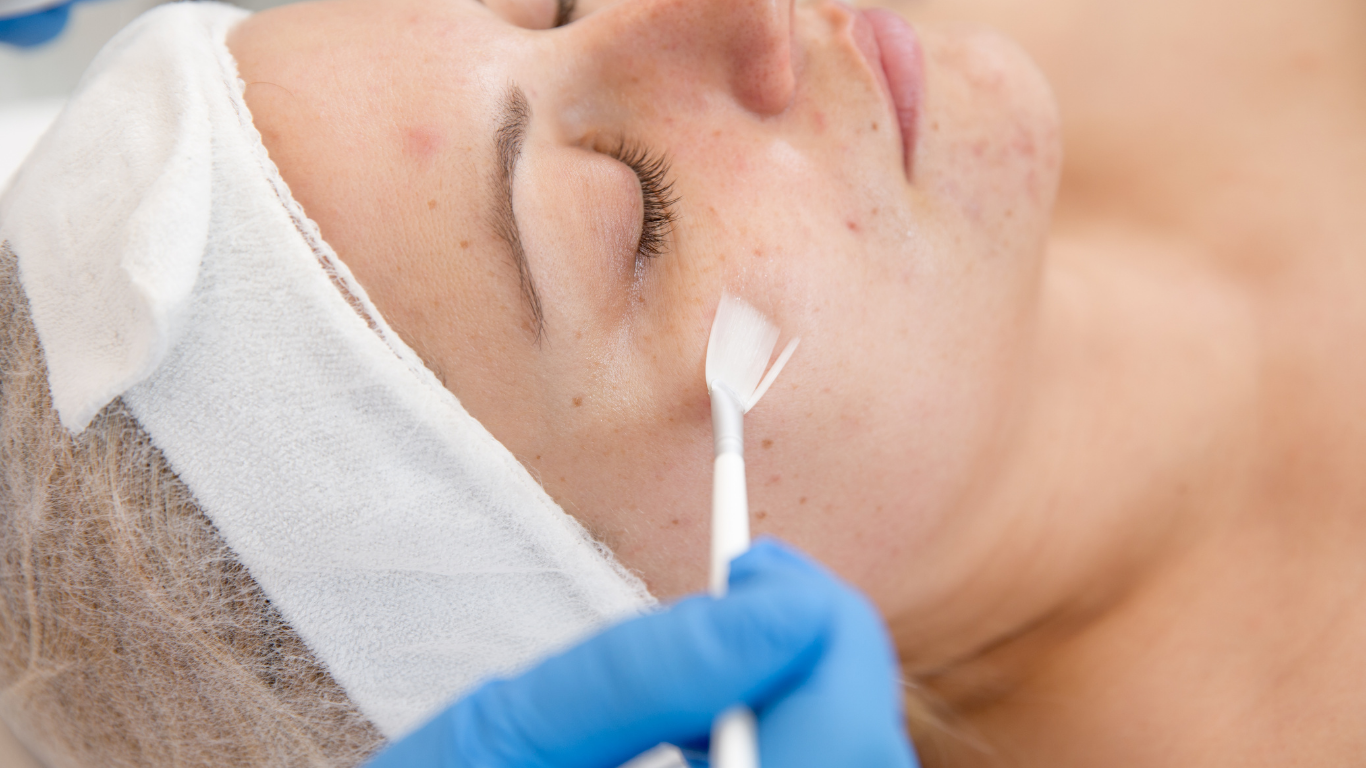
As the name suggests, chemical peeling is about peeling off the skin and scar tissues. You will start noticing visible results from the very first chemical peeling, and after 4 to 6 sessions, you will see the best results regarding scar removal.
Ways to Prevent the Ingrown Hair Scarring
We know that every skin type is different and has varied responses to ingrown hairs. Some people have more ingrown hairs on their bodies, while others don’t. To avoid scarring left by the ingrown hair, the most recommended way is to prevent the ingrown hair in the first place. By practicing proper and hygienic hair removal techniques, you may stop down the growth of ingrown hair.
- The body area where you will shave, or wax should be completely wet with lukewarm water.
- Before shaving, always apply a moisturizing gel or shave cream on the affected area with ingrown hairs, especially in the pubic region.
- Always use a single-blade razor in the hair growth direction if you are shaving your hair.
- Wash the razor after every stroke.
- Keep on changing the shaving blades and razors more frequently to minimize the chances of skin irritation.
- If you have developed any ingrown hair, do not touch or pick it up, as it leads to scarring.
- Through warm compresses, you may soften the skin tissues at the ingrown hair spot, encouraging the normal popping out of the ingrown hair.
- Do not go too harsh on your skin, and try using skin-soothing lotions and creams so the ingrown hair may find a way outside.
- Females who do waxing at home complain about ingrown hair the most, so to avoid this mishap, it is recommended to take hair removal services from any spa. The skin experts at the salon are aware of the amount of the product that should be put on the skin, and most importantly, they are aware of the right pressure that is to be exerted to pull out the hairs from the body.
- After shaving or waxing, treat your skin with cold water and let it rest for 5 minutes. When the skin is slightly damp, apply after-shave lotion to exfoliate the dead skin cells resulting from shaving or waxing.
Bottom Line
Scarring from ingrown hairs is more likely to occur in people who experience them frequently. If your skin tone makes you more prone to scarring or dark patches, you must have faced ingrown hair scarring more frequently. By focusing on preventing ingrown hairs, you’ll lessen the chances of hyperpigmentation and scarring resulting from tweezing or plucking the ingrown hair.
Frequently Asked Questions
What are other names used for ingrown hairs?
Other names used for ingrown hairs are shave, razor, and barber bumps.
What is post-inflammatory hyperpigmentation?
The post-inflammatory hyperpigmentation is the condition in which the skin produces a greater amount of melanin and starts appearing darker at the site of a wound or an ingrown hair.
How long does it take for the ingrown hair marks to fade away?
It takes a few months for the ingrown hair marks to completely fade away, depending upon the hair thickness and the remedies applied to the ingrown hair area.
What makes an ingrown hair turn into a scar?
If the ingrown hair is tweezed or plucked from the surface, it damages the skin tissues and turns the affected area into a scar.
Which are the body regions where the occurrence of ingrown hairs is more common?
The regions where the occurrence of ingrown hairs is more common include the neckline, pubic areas, chest, and back of the neck.
Are ingrown hairs contagious?
The ingrown hairs are not contagious or fatal at all.

Emily Smith is a talented content writer, wielding words to create captivating stories and informative articles across a wide range of topics. With a passion for effective communication and a love for research, Emily consistently produces engaging and valuable content. She’s dedicated to conveying ideas clearly and compellingly, making her a sought-after voice in the digital sphere. When not writing, Emily enjoys immersing herself in art, nature, and culinary adventures for fresh bursts of creativity.






Loading…